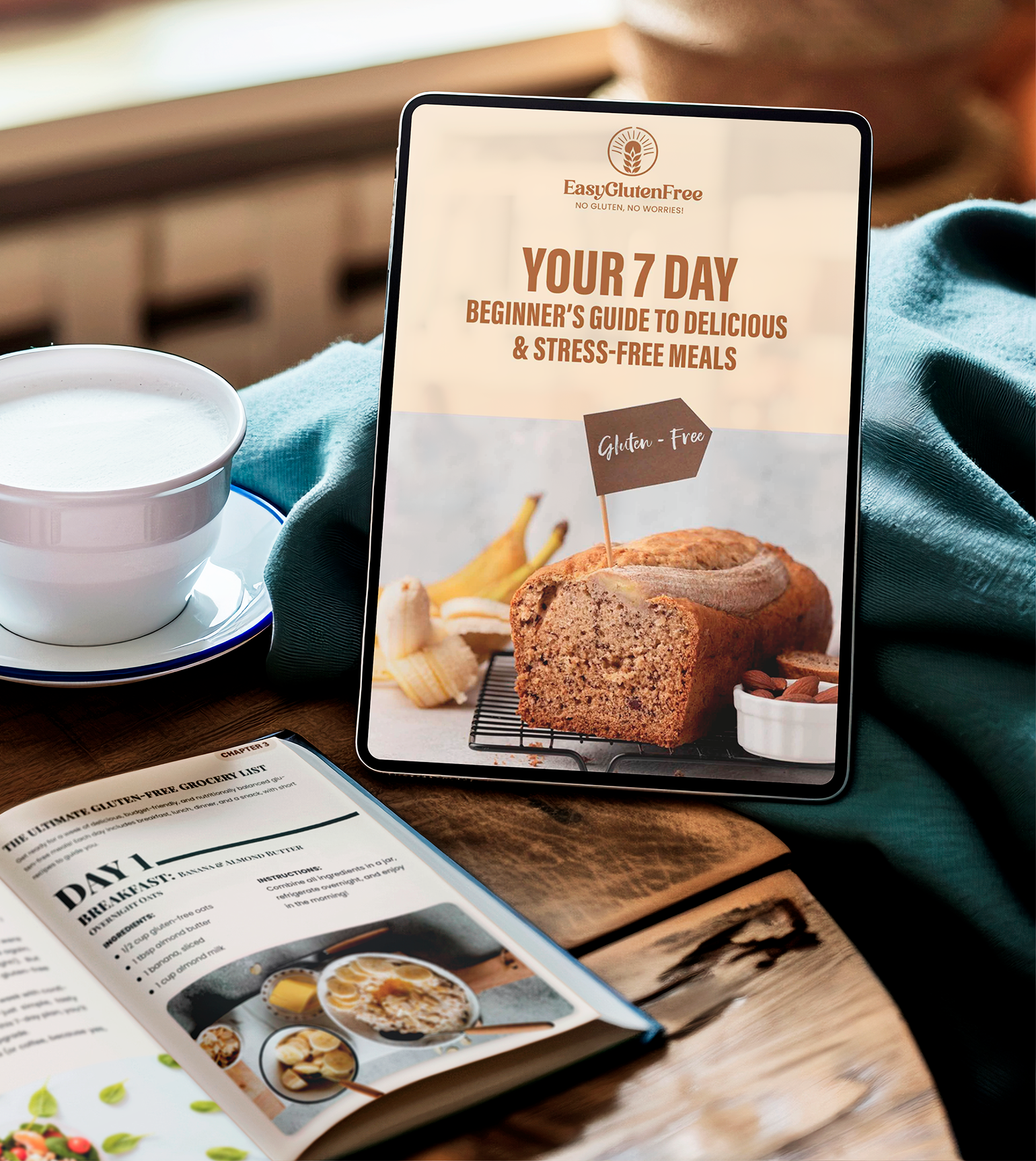Do you remember the day you committed to a gluten-free lifestyle? It felt daring and, let’s be honest, perhaps a little bit daunting too. Discarding gluten from the plate meant saying goodbye to foods that have been part of your life for years. But you made the decision because above everything, your health mattered the most. You deserve a big pat on the back for that choice!
Since then, you might’ve realized that a gluten-free lifestyle isn’t just about eliminating certain affable foods from your pantry; it’s about adding new, healthier alternatives and flavors. But the crucial question is – when it comes to building a gluten-free plate, what should it include? And what are the quantities to maintain a balanced nutrient intake?
Here’s our tried and true guide to balancing a gluten-free plate.
A gluten-free diet doesn’t mean you’re doomed to a life of “boring.” On the contrary, a wide variety of fruits, vegetables, lean proteins, dairy, and lots of gluten-free grains are there to add color and character to your plate.
Let’s start with vegetables. They are gluten-free naturally and include vitamins, fibers, and antioxidants that your body needs to work optimally. Aim for about 40% of your plate to be filled with a variety of vegetables. Mix and match colors for a nutrient-rich meal—say hello to purple eggplants, orange carrots, and green spinach!
Next, we have grains. Yes, we can still enjoy some grains on a gluten-free diet! Quinoa, rice, millet, buckwheat, and oats (if labeled gluten-free) are fantastic addition to spice up your plate. Take a look back at our [blog post about gluten-free grains](LINK) to explore an exciting list of options. Let your plate reflect about 30% of these healthy grains.
Now, let’s not forget proteins. They are essential building blocks for bones, skin, and blood. Lean meats, poultry, fish, and eggs are gluten-free and should occupy around 20% of your plate. There are plenty of wonderful, meatless options as well if you’re a vegetarian or vegan. Lentils, chickpeas, and tofu are excellent sources of protein.
Dairy is also a critical part of a balanced gluten-free plate. Portions of cheese, yogurt, milk (or dairy alternatives), free from gluten are safe to consume and offer the calcium your body needs for bone health. Let dairy take up around 10% of your plate.
For every meal, think of this 40-30-20-10 plate composition. You can even sketch this on a paper and stick it on your fridge as your daily reminder. This balance nurtures your body with essential nutrition without feeling deprived.
But, does this mean you’ve to adhere strictly to this balance? Of course not! Remember, listening to your body is crucial. If you’re more active on certain days, increase your protein intake. Need a pick-me-up? How about treating yourself to some extra fruits? The key is to find the perfect balance that suits your body, lifestyle, and palate. Because not everyone’s plate will look the same!
However, pay close attention to food labels. Just because something is labeled gluten-free does not mean it’s innately healthy. Many gluten-free foods can be high in sugar, fat, and calories. They may also be lacking in essential nutrients that whole-grain, gluten-containing foods usually provide — like fiber, iron, and B-vitamins. Be sure to read my previous [blog post on understanding gluten-free labels](LINK) to be a smart shopper in the gluten-free aisle.
Lastly, remember to stay hydrated! Drink an ample amount of water throughout the day. Fresh juices and gluten-free smoothies can also make a refreshing change.
Again, this guide is just that – a guide. It’s the starting point for you, given you’ve just embarked on this delightful, healthy adventure. Think of it as a trusty, old compass that guides you when you’re lost in the wilderness of taste and flavor. Find your balance, experiment, and don’t forget to add your distinct touch to your meals.
Living a gluten-free lifestyle might feel overwhelming at first, but with a little planning, you can ensure all the essential nutrients are included in your daily meals. By knowing what your plate should look like, you can make informed decisions that empower you further on this gluten-free journey.
Isn’t it exciting to know that even without gluten, your plate can still be wholesome, colorful and brimming with deliciousness? Here’s to exploring new tastes and creating remarkable, gluten-free meals that not only nourish us but also bring us joy!
**Category: Health & Wellness**


